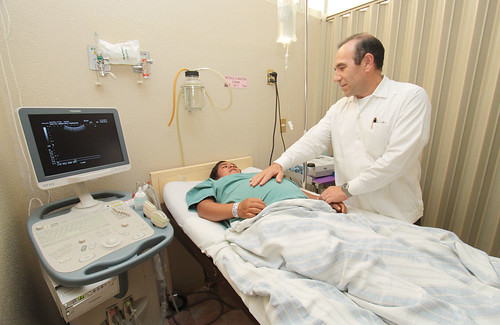Trending Now
There’s no doubt that we are living in scary times right now. News about the coronavirus seems to escalate every single day, major events and are shutting down, and travel is being restricted around the globe.
We keep hearing about how we can try to stay healthy right now: wash your hands, don’t touch your face, avoid crowded places, etc. But what about the people on the front lines? What about the doctors and nurses who actually have to deal with sick people day in and day out? How do they protect themselves from patients that they know are ill?
There are certain protocols that doctors and nurses follow just like the rest of us.
First, they don’t touch a patient unless it’s absolutely necessary and they wash their hands before and after they deal with each individual patient.
Obviously, there are other ways that illnesses and diseases can be transmitted, especially when it comes to bodily fluids. That’s why Doctors and nurses go out of their way to never risk getting their bare skin to touch with a patient’s blood or any other kind of bodily fluid, even if the person has not tested positive for any kind of infection.
Health care workers will sometimes wear gloves and gowns to protect themselves from patients who are sick. If a person has an infection that spreads by coughing or sneezing, doctors and nurses might wear surgical masks and stand up to six feet away from patients to avoid any and all germs.
Health care workers also stay up-to-date on their immunizations, which helps them avoid sickness.
So the bottom line is that doctors and nurses use a combination of basic common sense and time-tested methods to avoid getting sick in places that jam-packed full of sick people.
Be safe out there and take every precaution you can to make sure you’re keeping yourself and those around you as healthy as possible.









